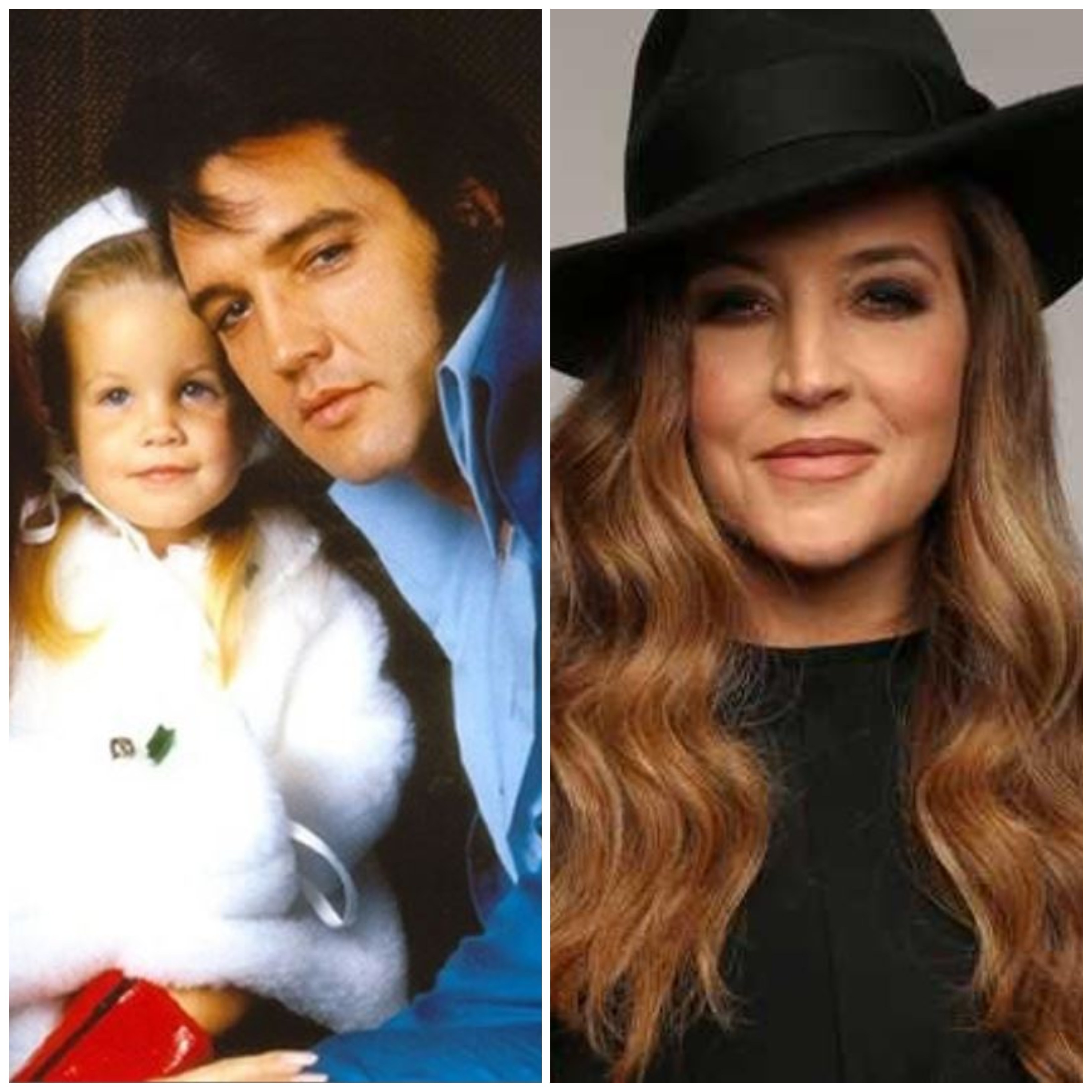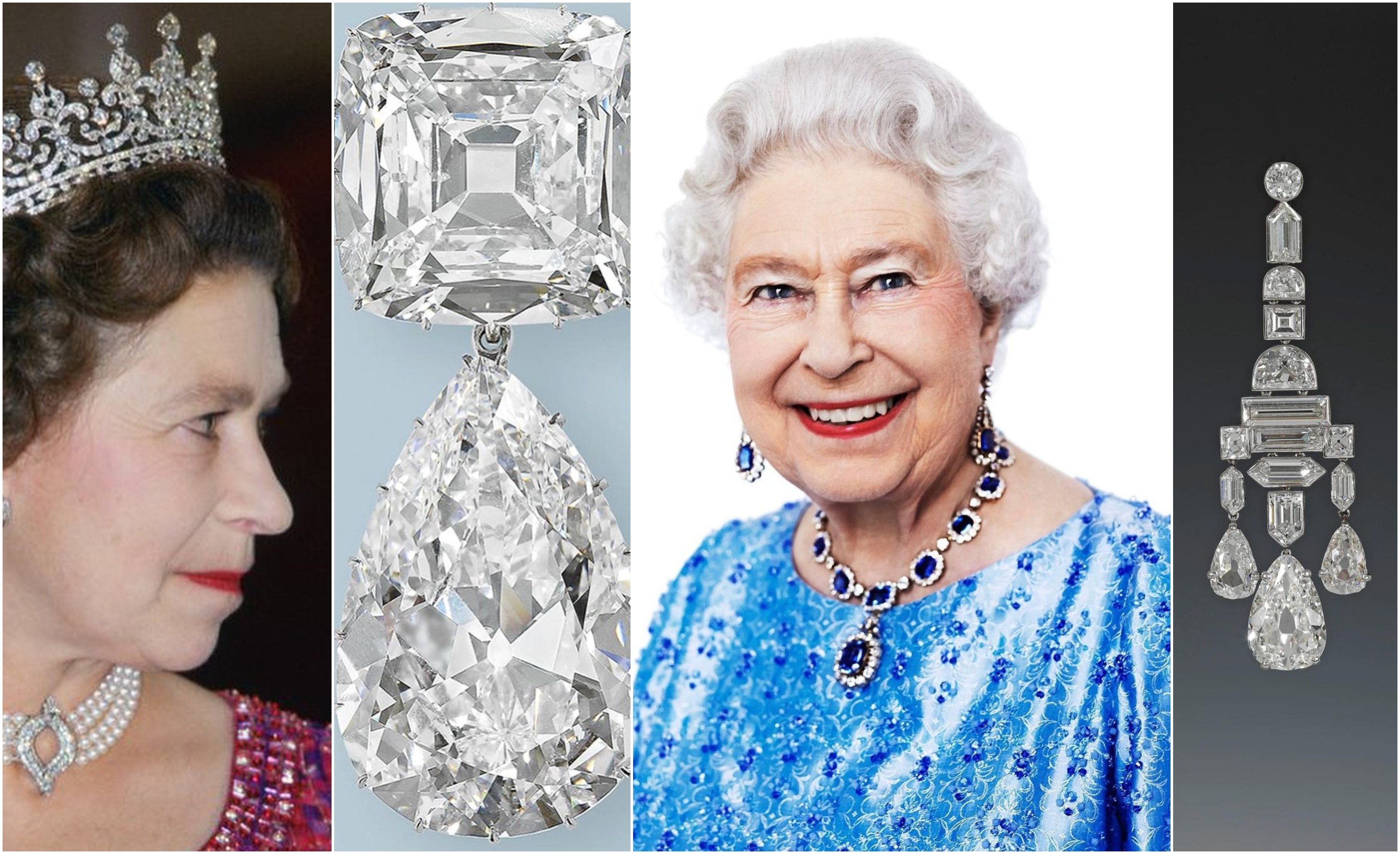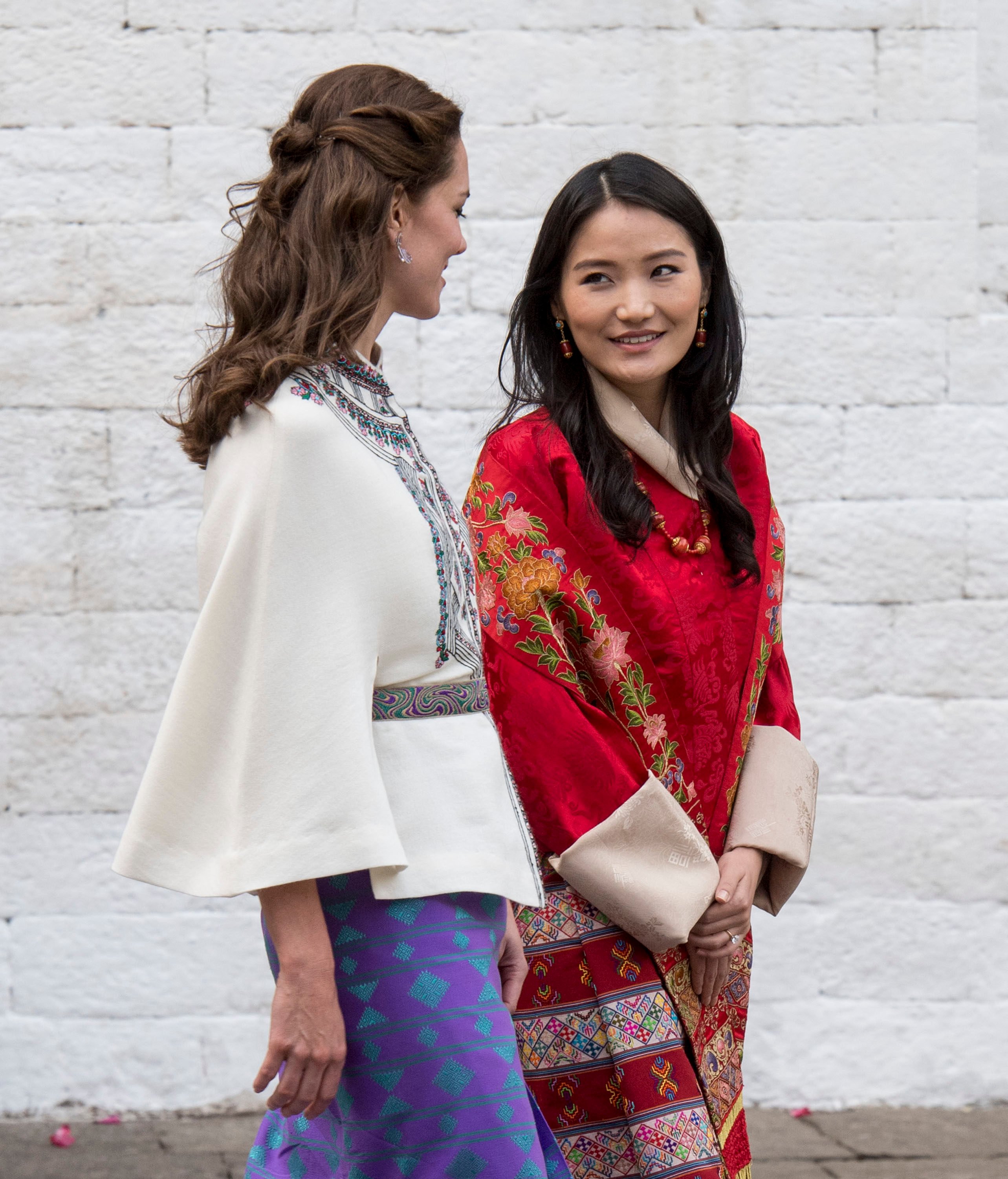China’s second-hand luxury market is booming – here’s why: buying pre-owned Louis Vuitton, Rolex, Hermès, Prada and Fendi goods used to be frowned upon, but now shoppers are getting savvier
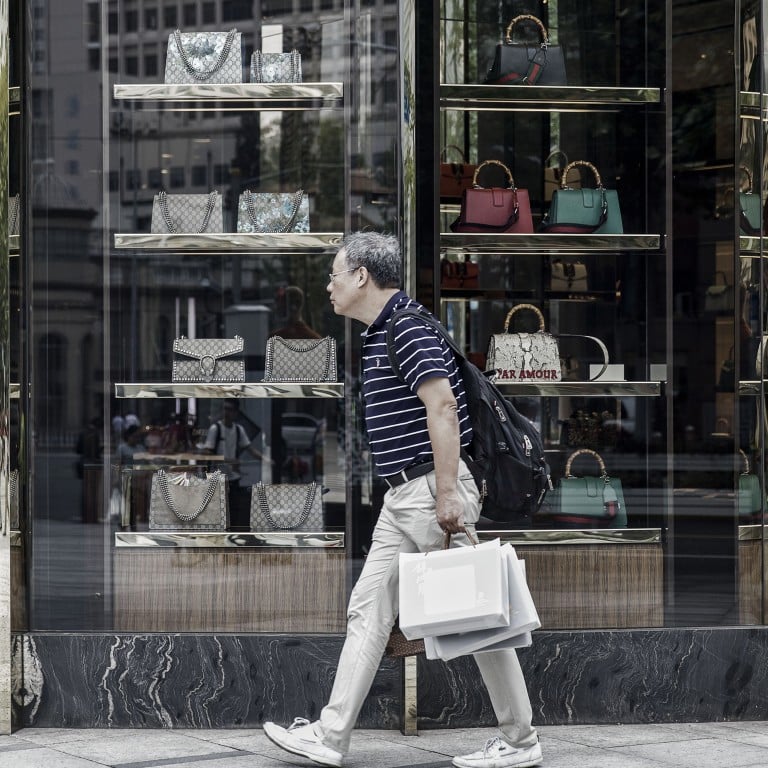
- Re-sale platform ZZER reported a huge surge in listings for Hermès Birkin bags and Rolex watches, with consumers seeking smart deals by buying pre-owned luxury goods
- The second-hand luxury market is expected to grow to US$30 billion in 2025, with platforms like Feiyu, Ponhu and Plum also leading the trend in mainland China
China’s coronavirus-driven economic slowdown is proving to be a boon for Zhu Tainiqi, the Shanghai-based founder of second-hand luxury goods marketplace ZZER, who is now scouting for shop space to expand the business.
“More and more people are now aware they can sell luxury goods for some money and the buyer side is noticing that they can get a great deal,” said Zhu, 33. “They think, ‘Why not give it a shot?’”
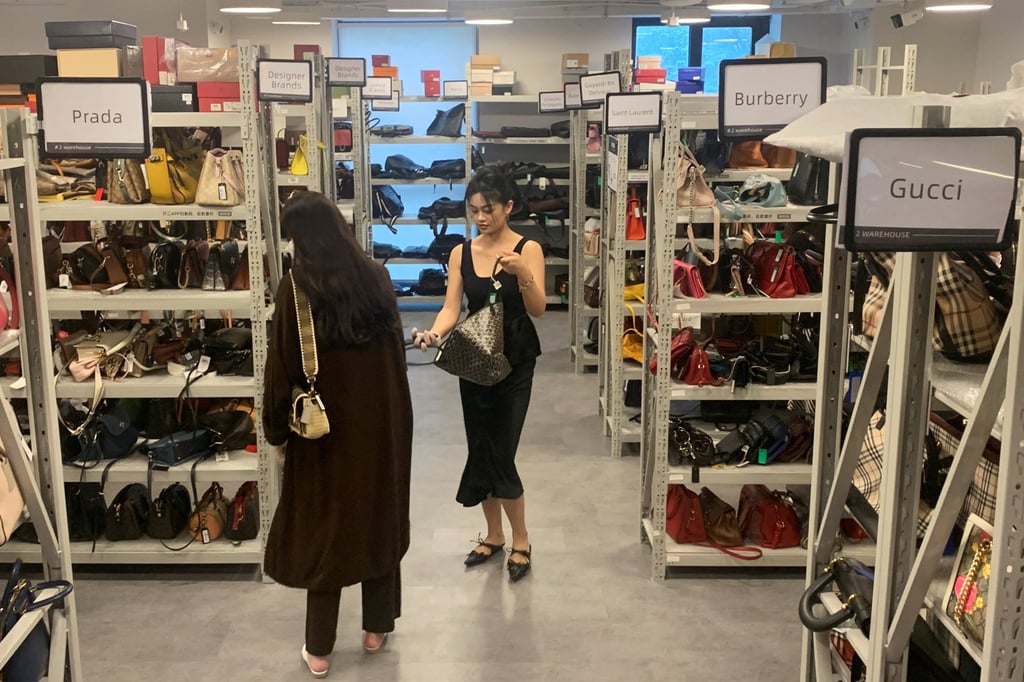
He said the number of ZZER’s consignors, or people putting up their goods for sale, has soared 40 per cent so far in 2022 over the same period of last year. The platform now has 12 million members and expects to sell five million luxury pieces this year.
The trend indicates a significant change in China’s US$74 billion luxury goods sector, where the second-hand luxury subsegment has been slow to take off versus other markets such as Japan and the United States due to a preference for newness and fears of unsuspectingly buying a fake.
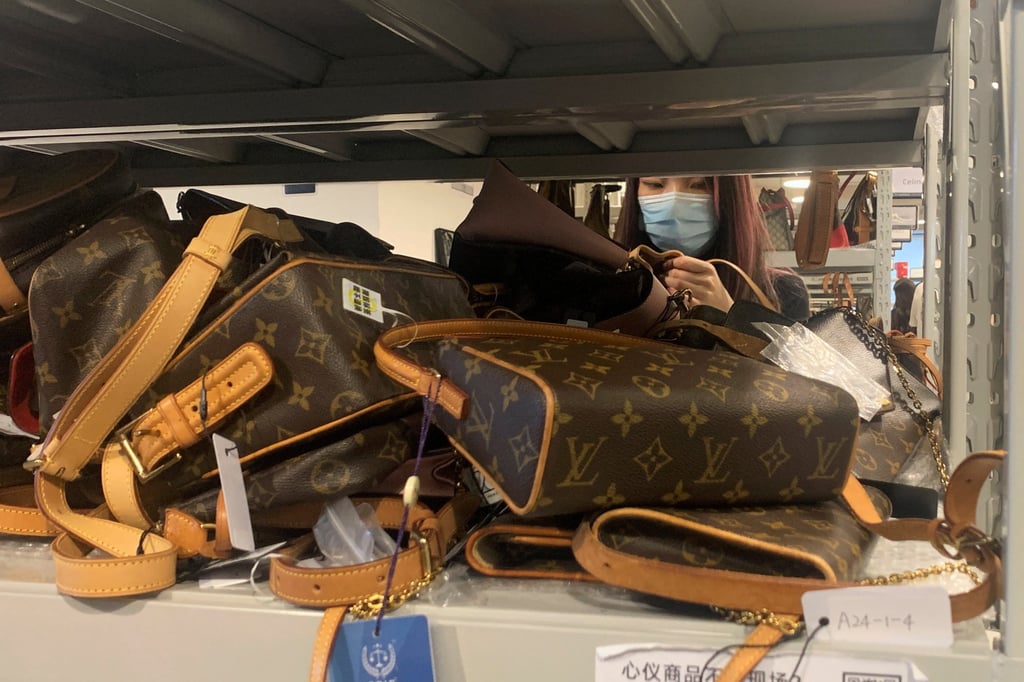
It could have ramifications for the China-focused strategies of the world’s big luxury goods makers, who are grappling with softening demand in the key market.
“I think because of China’s interest … that can really move the needle for some brands to think about how they’re going to handle this [resale] market, and what role they are going to play in the whole process,” said Iris Chan, a partner and head of client development at consultancy Digital Luxury Group.
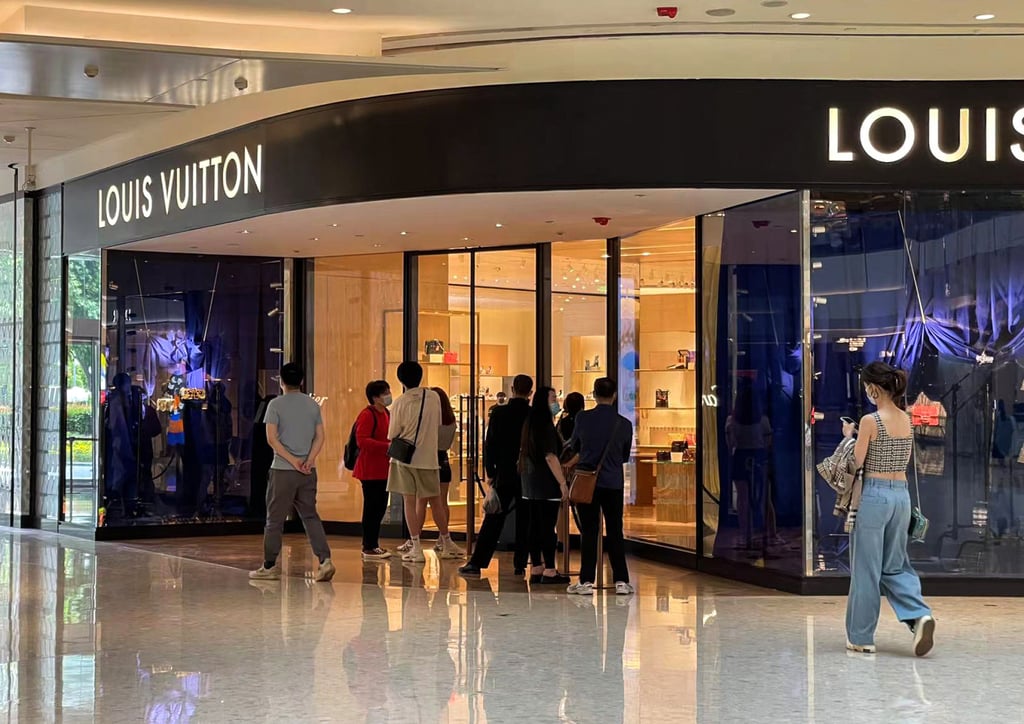
Office worker Wang Jianing is exploring buying second-hand luxury products, given the economic climate.







